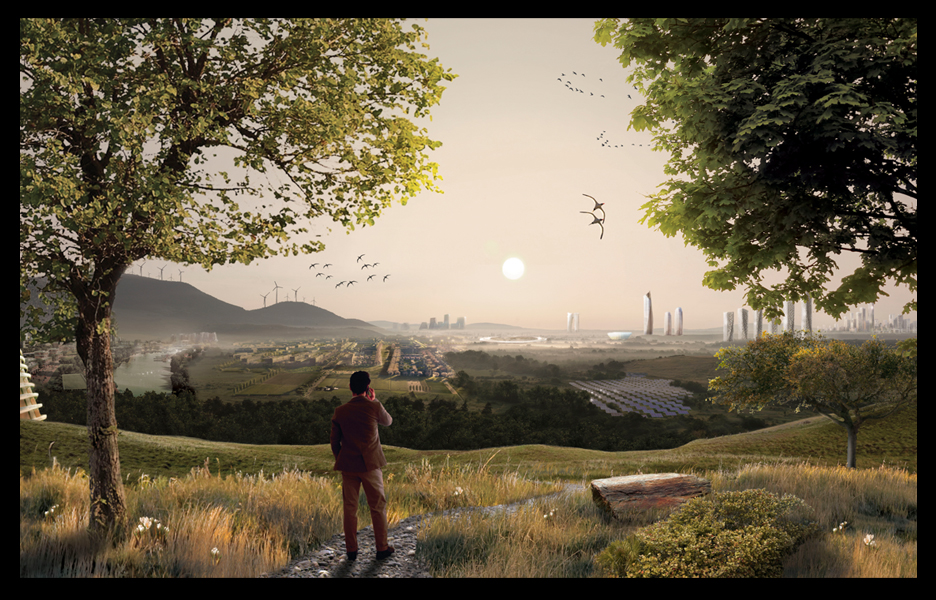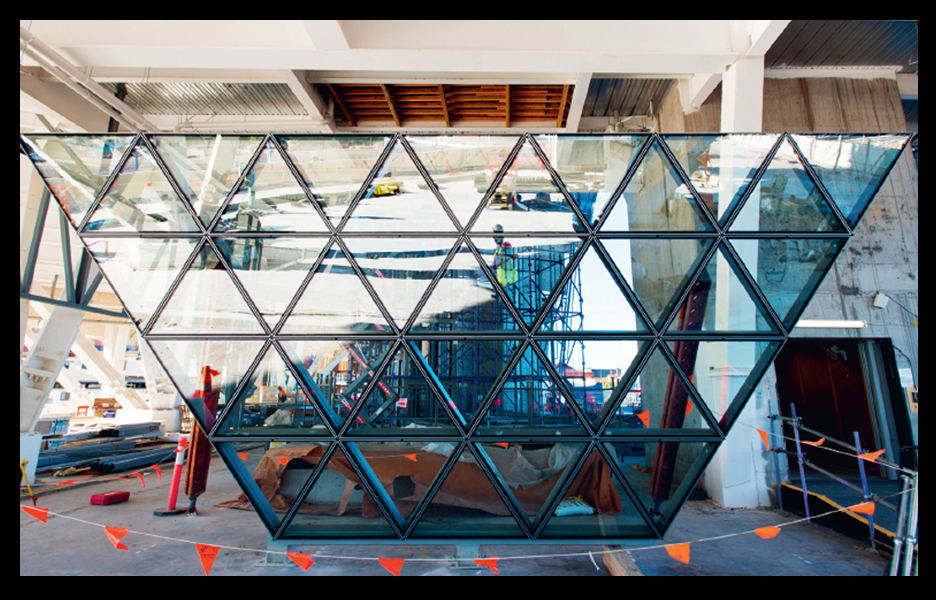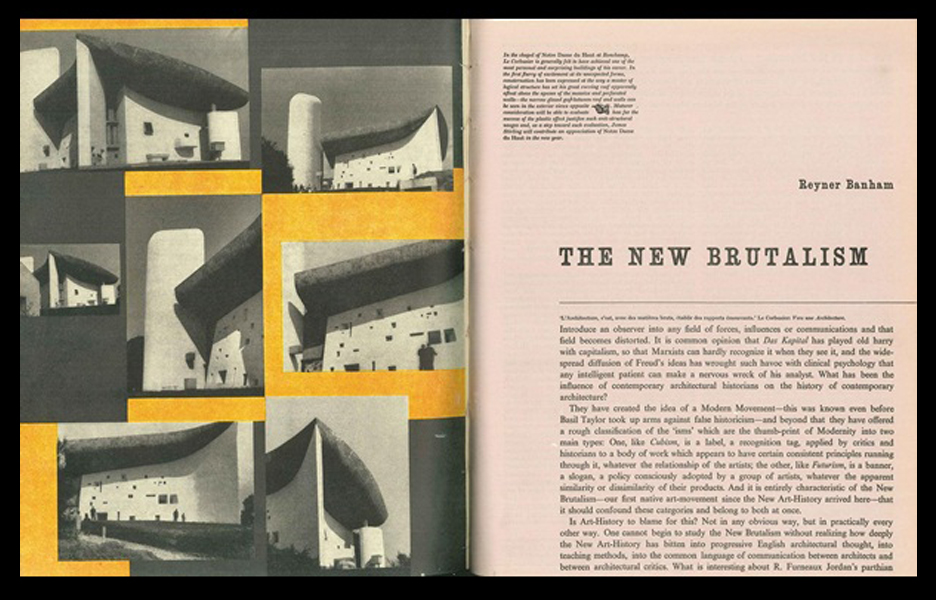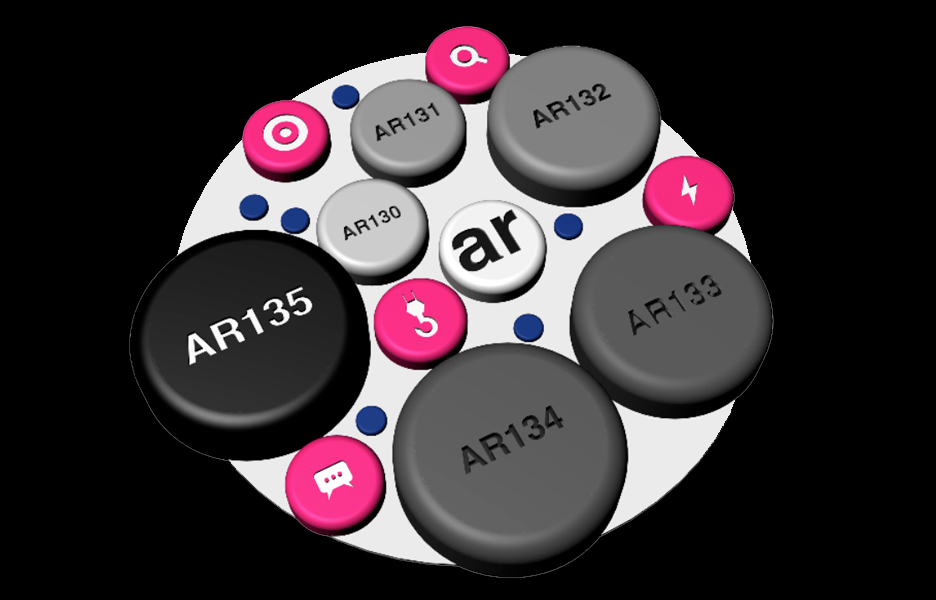
Architectural Review Asia Pacific in 2014 (and beyond)
Architectural Review Asia Pacific in 2014 (and beyond)
Share
Text: Michael Holt
At the end of 2011, a decision was taken to expand the reach of Architectural Review Australia into the Asia Pacific region; this necessitated a name change and slight rebranding. And so, Architectural Review Asia Pacific was born (AR124). The switch spread attention further afield but will never negate Australasia – it will remain the mainstay of our content.
However, with a realigned and expansive focus, AR now has the opportunity to showcase academics, theoreticians and practitioners from a much larger net. In a bid to expand into the region more effectively and to engage with practitioners, AR will also be launching AR135 in Sydney, AR136 in Singapore, AR137 in New Zealand, and AR138 in Shanghai. This takes us to the end of 2014.
It is important to note that AR should not necessarily be read in a linear fashion, but rather to be read at any moment in time with its clear, overarching agenda always palpable. You can jump between issues and not lose the thread, but to read the issues regularly enables a clearer understanding.

‘From Concept to Completion’ is AR’s editorial idiom, outlining how the magazine operates in its new direction. The serialised articles each have their own logo to visually identify them on the page and online
Since AR130–Pawn, AR has implemented serialised articles – each with their own iconographic logo – running in-line with our editorial idea, ‘from concept to completion’. This is a phrase well known to architects and academics alike, as the process of producing a building and is employed here showing a project from start to finish, across issues and spanning a number of months.
Here’s a quick rundown of the serialised content:

‘Habitat of Homo Œconomicus‘ for ‘The Competitive Hypothesis‘ – an exhibition at Storefront for Art and Architecture, New York (2013). Photomontage in On Trial, AR131–Present, July 2013. Image courtesy: Ross Exo Adams and Ivonne Santoyo-Orozco
On Trial
On Trial began in the UK’s The Architectural Review with notable critic Reyner Banham writing a column of the same name. Subject matters were to be isolated to one construction method as emphasising importance on a disciplinary position. For instance, Banham cited Louis Kahn’s tetrahedral ceiling construction at Yale University as a revolutionary advancement in construction technology impacting more broadly on the profession. Consequently, On Trial should be leaning towards theory in a wholly practical way.

Woods Bagot’s diagrid facade fabrication for the South Australian Medical Research Institute (SAHMRI). Featured in AR130–Pawn, May 2013. Image courtesy: Woods Bagot
Under Construction
As opposed to a conventional project review, it is important and prescient to review a building during its construction phase. It is imperative that projects or innovative methodology is reviewed from a construction level at a time when much of the publishing community is obsessed by super-perspectival images of a building’s external corner. It is more relevant to be concerned with the way building’s go together and the representation of architectural drawings and details.

Magazine layout for ‘The New Brutalism’ by Reyner Banham, an article published in The Architectural Review (UK), December 1955. Image courtesy: The Architectural Review (UK)
In Conversation
This is a somewhat misleading title for an article. It is not a conversation in the strictest of terms; it is a single aspect conversation. It is set up as an opportunity for an architect, academic or theoretician to postulate his or her own ideological position. In a profession lacking in strong ideological drive, this article is an attempt to resuscitate a discourse.
A case point for the need for postulating an idea or empirically recognising a moment is Reyner Banham’s ‘The New Brutalism’ article from the English AR in December 1955. Australian Robin Boyd replied some years later (July 1967) with ‘The Sad End of New Brutalism’ – a veiled attack on the Smithsons.
Critic Donald Smith proposed ‘Towards a Theory’ in February 1965, working off Christian Norberg-Schulz’s notions of a discipline lacking a theoretical position. In November of the same year, architect George Baird replied, suggesting that Smith neglects to conceptualise Norberg-Schulz’s basic premise. Smith replies in a future issue.
These conversations – stretching across issues (and in Banham/Boyd’s case years) – is something AR aims to promote. Each In Conversation article is published awaiting its counter argument, its recoil.

AR135–Elements launches from University of Technology, Sydney in June 2014. The graphic here shows the latest issue emanating or spiralling outward from the AR brand at its core
Going Forward
In each issue of AR, the magazine is bookended by POSTVIEW (a review of the previous issue) and PREVIEW (a look towards the forthcoming edition). The very last line of PREVIEW always asks for submissions (submissions@arasiapacific.com), this also applies to the serialised articles.
Do you agree with In Conversation articles previously published?
What about Gerard Reinmuth’s ‘Post-Formations’ (AR130–Pawn), or Kerstin Thompson’s ‘More Than…’ (AR131–Present), or Diego Ramirez-Lovering’s ‘Notes on Flexible Volume Housing’ (AR132–Residential), or Leon van Schaik’s contribution (AR133–Contrasts), or Wes Jones (AR134–Authority)?
Why not respond with your own position or point of difference? As a profession we must engage in discussions, questioning the discipline, its modes of practice and its constructs. AR is the only publication aimed at promoting the role and expertise of the architect; to instigate questions that are pertinent to the contemporary practitioner and academic; and, also to inspire the student readership. AR will be expansive, incisively critical and always in search of the most innovative and expressive ideas whether they are borne in writing or manifesting as design. AR extrapolates ideas ‘from concept to completion’.
If you would like to contribute In Conversation in AR136, we are currently open for submissions and await your pitched contribution.
















